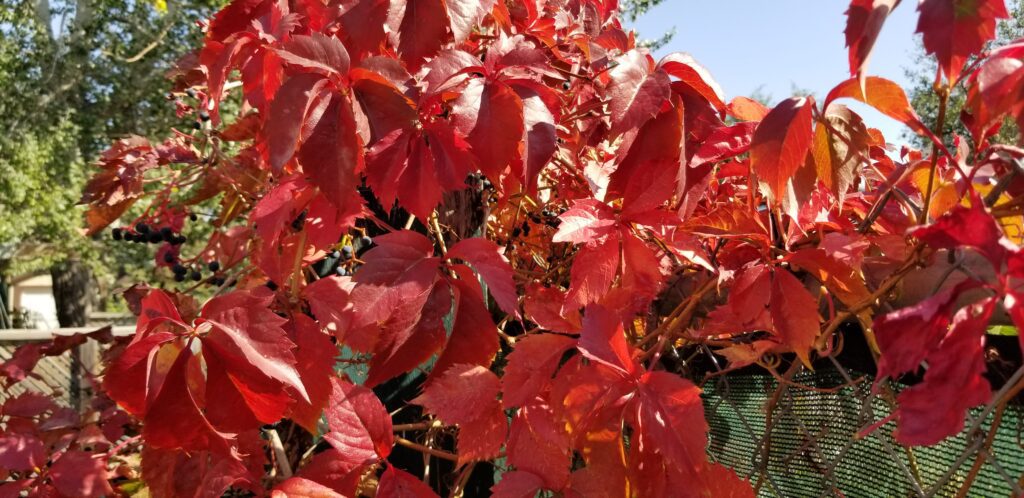

Enjoy the seasonal fall weather now and prepare for some unusually cold winter conditions in the months ahead. That’s the gist of a Winter Weather Briefing held by the National Weather Service in Bismarck.
While long-range weather forecasting always comes with myriad unknowns, what is known is that La Nina is active and growing. La Nina is an interaction between lower-than-normal Pacific Ocean temperatures and the atmosphere. It is considered the opposite of El Nino which generally brings a mild winter to the Northern Plains.
"Typically, it is colder than average temperatures for North Dakota,"
Megan Jones, meteorologist, NWS Bismarck
“Typically, it is colder than average temperatures for North Dakota,” said Megan Jones, meteorologist, NWS Bismarck.
The La Nina advisory that is in effect marks the second straight year for such an occurence, which is a bit of an oddity. Furthermore, no two La Nina events are the same. Last year La Nina was felt early in the winter season, was milder, and hardly noticed.
“This is a different setup than last year,” explained Jones. “We are looking at a moderate to strong La Nina, trending toward stronger. December will be kind of a transition month as La Nina peaks in January with the strongest influence felt in North Dakota in February and March.”
Okay. So it’s going to be much colder than normal starting in February? More snow too? Not necessarily.
"La Nina doesn't really mean more snow,"
Jones
“La Nina doesn’t really mean more snow,” said Jones. “Even the tilt toward colder than average is not guaranteed. There’s a tilt toward colder and more snow in the south-central part of the state. But that’s not guaranteed.”
Jones said long-range forecasting for precipitation is tricky business, even though average snowfall at several locations in North Dakota has been on the increase the past several years.
“All outcomes are possible this winter with no super strong trends one way or another,” concluded Jones. “What we are hoping for is some snow cover and spring runoff to replenish the lack of soil moisture. To have a snowpack hang on as we go into spring would really be good for drought conditions.”
Most of North Dakota experienced exceptional drought conditions for much of this year. It wasn’t until two rounds of rainfall fell in late October that conditions had a measurable change for the better. October 21 marked the first time since May 11 of this year that the state no longer had any areas the U.S. Drought Monitor considered to be in the exceptional category.